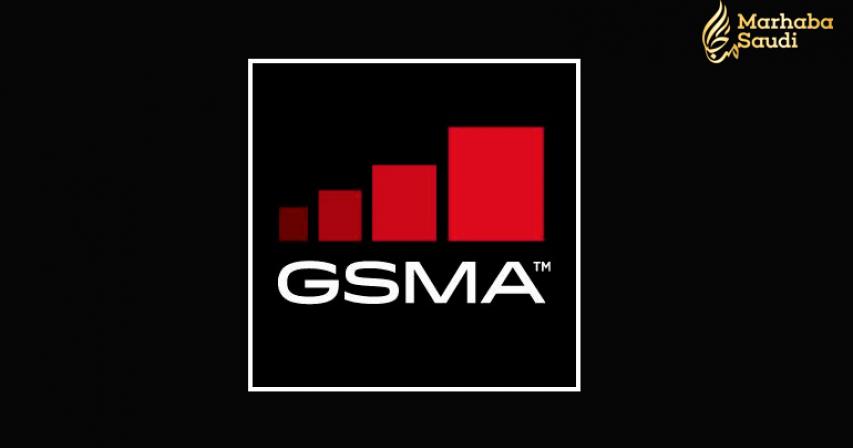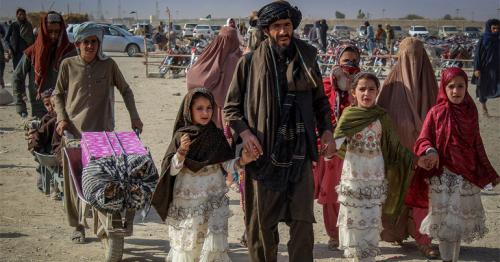Mobile Operators across Middle East Set for Global 5G Leadership, According to New GSMA Reports

GCC Operators Set for Commercial 5G Launches in 2019; Supportive Regulatory Environment and Availability of Spectrum Key to Driving 5G Adoption Across Region
The Gulf Cooperation Council (GCC) Arab States1 are set to be global leaders in the deployment of 5G networks, with all six markets expected to launch 5G mobile services in the next two years, according to two new reports released today at Mobile 360 Series – MENA. The reports from GSMA Intelligence – ‘The Mobile Economy: Middle East and North Africa 20182’ and ‘5G in MENA: GCC operators set for global leadership’ – highlight that pioneering mobile operators in the GCC Arab States are expected to launch 5G networks commercially from 2019, driving innovative new services across the region and spurring future growth. By 2025, 5G will account for 16 per cent of total connections in these markets.
“Backed by proactive government support, mobile operators, particularly in the GCC Arab States, have been quick to establish the foundations for global leadership in the deployment of 5G technology, moving rapidly from trials to early commercialization,” said John Giusti, Chief Regulatory Officer, GSMA. “While we are encouraged by their progress to date, it is imperative that the region’s governments create a regulatory environment that allows 5G to flourish, including releasing sufficient spectrum, so that businesses and citizens can fully enjoy the innovative new services that 5G will deliver, as well as the resulting socio-economic benefits.”
Policy Central to Realising 5G Digital Future
The reports encourage policymakers to establish spectrum roadmaps that commit to releasing sufficient quantities of spectrum across all frequency ranges to enable operators to meet coverage and capacity. They further note that governments should implement taxation policies that could improve affordability and boost digital inclusion, and adopt an approach to licence renewals that enables operators to make long-term investment decisions rather than maximising government revenue.
A Region of Rapid Subscriber Growth, Increased Smartphone Adoption
There are currently 381 million unique mobile subscribers (Q2 2018) across the MENA region, accounting for 64 per cent of the population.3 However, it is a diverse region in terms of market maturity, encompassing the advanced GCC Arab States, where 77 per cent of the population on average are mobile subscribers, alongside other North African countries such as Comoros, Djibouti and Somalia, where subscriber penetration is below 30 per cent.4 Between 2017 and 2025, the MENA region as a whole will see the fastest subscriber growth rate of any region except Sub-Saharan Africa, growing to reach 459 million or 69 per cent of the population.
The number of smartphone connections across MENA stands at 332 million as of Q2 2018, accounting for just over 50 per cent of total connections in the region. This is expected to continue growing at an average annual rate of 8 per cent to reach 587 million smartphone connections by 2025, or just under three-quarters of total connections across the MENA region. The UAE remains a global leader in terms of smartphone adoption, second only to Singapore, with smartphones accounting for 85 per cent of total connections. High mobile broadband usage and smartphone adoption has also resulted in more people across the region using data services such as IP messaging and using their mobile phones to watch online video.
Immersive Digital Entertainment Presents Revenue Opportunities in the Early 5G Era
The reports highlight how operators will offer enhanced mobile broadband services in early 5G deployments, while applications and services for enterprises will be introduced later. There will be significant opportunities for operators across new consumer-oriented services such as immersive reality, eSports and enhanced in-venue digital entertainment at stadiums and music venues, for example. Further, video consumption on mobile devices will evolve to include newer augmented reality and virtual reality applications that will make content even more immersive and data intensive.
Mobile Contributing to Jobs and Economic Growth
In 2017, the mobile industry contributed approximately $165 billion to the MENA region’s economy, equivalent to 4 per cent of GDP. This contribution is expected to increase to over $200 billion by 2022 as countries in the region benefit from improvements in productivity and efficiency brought about by increased take-up of mobile services. The mobile ecosystem also supported more than 1 million jobs in 2017, which includes workers directly employed in the ecosystem and jobs indirectly supported by the economic activity generated by the sector. Further, the mobile industry made a substantial contribution to the funding of the public sector, with more than $17 billion raised in 2017 in the form of general taxation.
To access the ‘The Mobile Economy: Middle East and North Africa 2018’ report and related infographics please visit here: https://www.gsma.com/mobileeconomy/mena/. To access the ‘5G in MENA: GCC operators set for global leadership’ report, please go here: https://www.gsmaintelligence.com/research/?file=41a57dc7d3baad611133be7deb481930&download.
/ Source: aetoswire





Comments